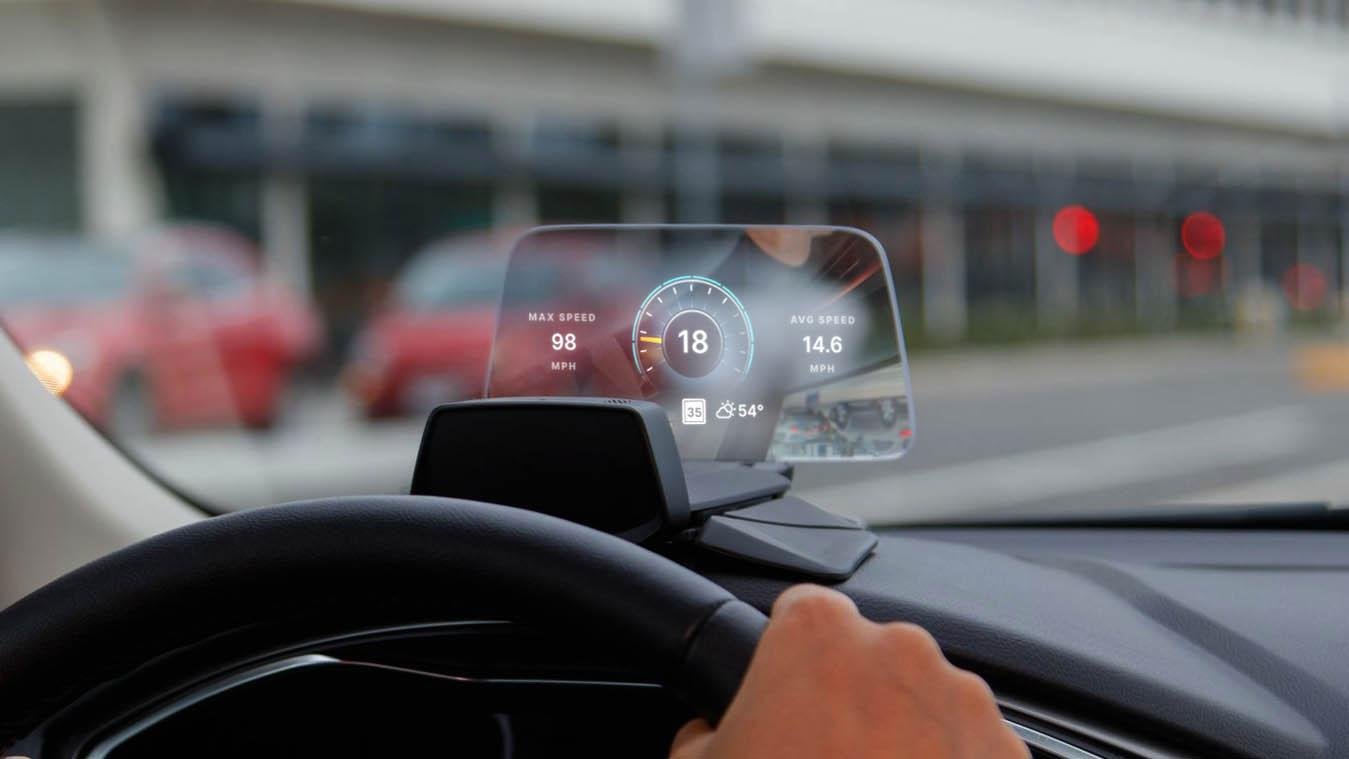Overview
The Automotive Head-Up Display (HUD) Market is experiencing significant momentum as automakers and consumers increasingly prioritize safety, driver convenience, and advanced in-car technologies. HUD systems, which project essential driving information (like speed, navigation, and warnings) onto the windshield or a separate display, are becoming a mainstream feature, especially in premium and luxury vehicles.
Key growth drivers include:
- Increasing demand for advanced driver-assistance systems (ADAS)
- Rising concerns over road safety and driver distraction
- Integration of augmented reality (AR) and AI technologies
- Government regulations promoting vehicle safety
The global market is expected to grow at a CAGR of over 20% through 2030, driven by both OEM adoption and aftermarket upgrades.
Segmentation
Key Categories
- By Type
- Windshield HUD (projected directly on windshield)
- Combiner HUD (uses a transparent screen between driver and windshield)
- Augmented Reality HUD (AR-HUD)
- By Technology
- Conventional HUD
- AR-Based HUD
- By Component
- Projector
- Video Generator
- Display Unit
- Software
- By Vehicle Type
- Passenger Cars
- Commercial Vehicles
Target Demographics
- Luxury vehicle buyers (age 30–60) seeking innovation and safety
- Fleet operators in logistics and public transport adopting HUDs for driver performance
- Tech-savvy younger drivers prioritizing connected and futuristic interfaces
Geographic Segmentation
- North America
- Europe
- Asia-Pacific
- Latin America
- Middle East & Africa
Key Players
- Continental AG
- Leader in AR-based HUDs
- Focuses on integrated HUDs for EVs and premium segments
- Denso Corporation
- Strong in combiner-type HUDs
- Partnered with Toyota and other Asian automakers
- Visteon Corporation
- Innovator in scalable HUD platforms
- Supplies to Ford, GM, and Hyundai
- Panasonic Automotive
- Emphasizes user experience and display clarity
- Major supplier in the Japanese and North American markets
- Bosch
- Known for safety-first innovations
- Recently entered AR-HUD space with immersive displays
Regional Analysis
North America
- High penetration of luxury and high-end vehicles
- Stringent safety regulations
- Widespread consumer demand for tech features
Europe
- Strong presence of premium automakers like Audi, BMW, and Mercedes-Benz
- Early adoption of AR-HUDs
- EU safety norms encouraging integration
Asia-Pacific
- Fastest-growing market
- Rising automotive production in China, Japan, South Korea, and India
- Growing middle class demanding feature-rich cars
Latin America & Middle East
- Slower adoption due to economic constraints
- Gradual introduction in luxury models
Latest Developments (2025)
- AR-HUD Evolution
Next-gen systems are merging real-world visuals with navigation and hazard alerts—turning windshields into interactive displays. - AI & Voice-Integrated HUDs
Companies are integrating voice assistants and gesture control with HUDs to further reduce driver distraction. - Standardization Across Segments
HUDs are now entering mid-range vehicles, driven by economies of scale and consumer expectation. - Partnerships & Acquisitions
Key players are acquiring tech startups specializing in optics, AR, and machine vision to bolster R&D. - Regulatory Push
UNECE and other safety organizations are pushing OEMs to incorporate HUDs in new vehicle safety ratings, accelerating adoption.
Conclusion: Future Outlook
The Automotive HUD market is set to become a pivotal aspect of in-car human-machine interaction. As vehicles become increasingly autonomous and connected, HUDs will serve as a crucial bridge between driver and machine—enhancing both safety and the driving experience.
In the broader landscape, HUD adoption signifies the automotive industry’s shift towards smarter, safer, and more immersive mobility solutions. As AR and AI continue to evolve, HUDs are not just a luxury—but an essential interface for the cars of tomorrow.
More Related Reports:
Automotive LED Lighting Market
Automotive Interior Components Market
